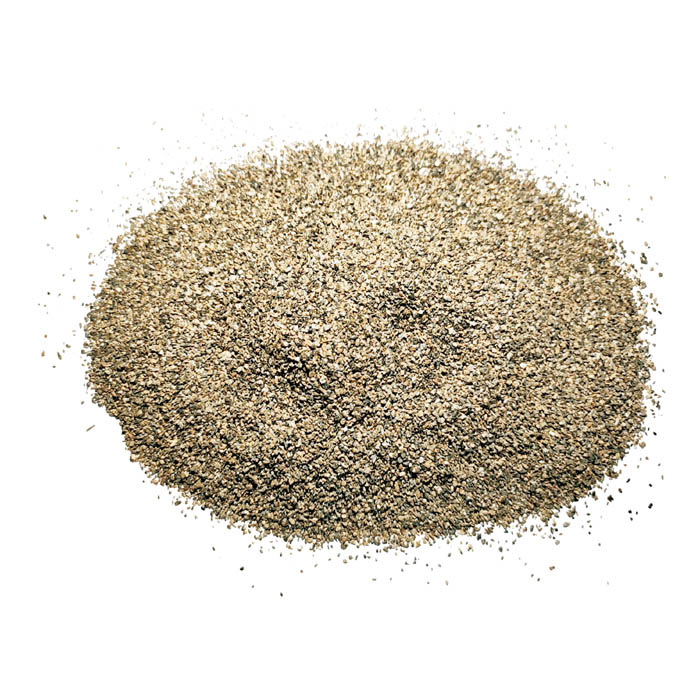Aug . 10, 2024 06:45 Back to list
Optimal Insulation Solutions for Industrial Hot Water Pipe Systems and Their Installation Techniques
The Best Insulation Materials for Hot Water Pipes in Factories
In industrial settings, maintaining optimal temperatures in hot water pipes is crucial for efficiency and energy savings. The choice of insulation materials can significantly impact the operational performance, energy costs, and safety in factories. Understanding the best options for insulating hot water pipes is essential for facility managers and engineers aiming to enhance their systems.
Importance of Insulation
Insulating hot water pipes serves several purposes. First, it minimizes heat loss, ensuring that the water remains at the desired temperature as it travels through the system. This not only enhances operational efficiency but also reduces energy consumption, leading to lower utility bills. Second, good insulation can prevent condensation on the outside of the pipes, which can lead to corrosion and water damage in the facility. Finally, properly insulated pipes can help maintain safety by reducing the risk of burns from hot surfaces.
Common Insulation Materials
Several materials are widely used for insulating hot water pipes in factories, each with its own advantages and suitable applications
1. Fiberglass Insulation One of the most common choices, fiberglass insulation is lightweight and effective. It provides excellent thermal resistance and can withstand high temperatures. Available in batts or flexible rolls, fiberglass can easily fit around various pipe sizes. However, it is essential to handle it carefully and ensure proper installation to avoid air gaps that can reduce its effectiveness.
2. Foam Insulation Closed-cell foam insulation is another popular option, particularly for straight pipelines. It has a high R-value, meaning it provides significant resistance to heat transfer. Foam insulation typically comes in pre-slit tubes that can easily be applied to pipes, offering a tight, moisture-resistant seal that prevents condensation.
best insulation material for hot water pipes factories

3. Mineral Wool Insulation This material is made from natural or synthetic mineral fibers and offers excellent thermal and acoustic insulation properties. Mineral wool is resistant to moisture and fire, making it a safe option for high-temperature applications. It is often used in industrial environments where fire safety regulations are stringent.
4. Rubber Insulation Elastic and durable, rubber insulation is effective at reducing heat loss and preventing condensation. It is available in sheets or tubes and is particularly advantageous in environments with varying temperatures. Rubber insulation is also resistant to both moisture and UV light, making it suitable for outdoor applications.
5. Aerogel Insulation Although it is one of the more expensive options, aerogel insulation boasts superior thermal performance, with an extremely low thermal conductivity. This lightweight material can achieve high R-values in minimal space, making it ideal for tightly packed systems. Its innovative nature makes it a premium choice for specialized applications.
Factors to Consider
When selecting insulation for hot water pipes, various factors should be taken into account
- Temperature and Pressure Rating The insulation must withstand the maximum service temperature and pressure of the pipes. - Environmental Conditions Consider moisture levels, exposure to chemicals, and temperature fluctuations that could affect insulation performance. - Space Constraints In areas with limited space, selecting a high-performance insulation material can prevent complications during installation. - Local Regulations Compliance with fire safety and building codes is crucial when selecting insulation materials.
Conclusion
Choosing the best insulation for hot water pipes in factories is a decision that can lead to substantial savings in energy costs, enhanced safety, and prolonged equipment lifespan. By carefully evaluating the available materials and considering the specific needs of the facility, managers can optimize their systems for better performance and reliability. Insulating hot water pipes is not just a matter of comfort; it is an essential aspect of modern industrial operations.
-
Eco-Friendly Granule Covering Agent | Dust & Caking Control
NewsAug.06,2025
-
Fe-C Composite Pellets for BOF: High-Efficiency & Cost-Saving
NewsAug.05,2025
-
Premium Tundish Covering Agents Exporters | High Purity
NewsAug.04,2025
-
Fe-C Composite Pellets for BOF | Efficient & Economical
NewsAug.03,2025
-
Top Tundish Covering Agent Exporters | Premium Quality Solutions
NewsAug.02,2025
-
First Bauxite Exporters | AI-Optimized Supply
NewsAug.01,2025
